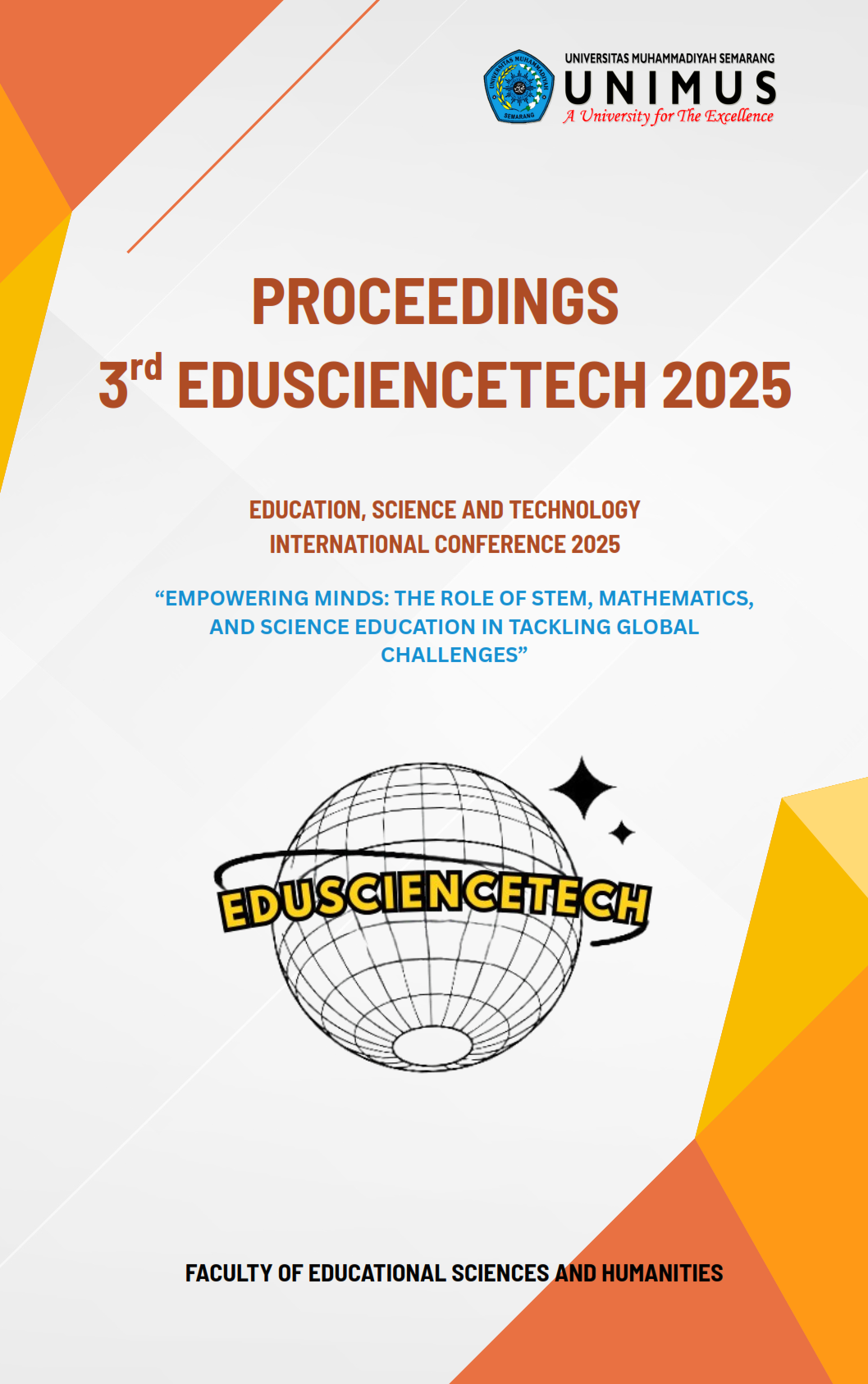Development of Tuber-Based Microbial Fuel Cell (MFC) STEM KIT as an Environmentally Friendly Alternative Energy Learning Medium
Keywords:
STEM, KIT, microbial fuel cell, tubersAbstract
This study aims to develop a STEM-based learning KIT that utilizes the working principle of Microbial Fuel Cell (MFC) using tubers as an environmentally friendly alternative energy source. This KIT is designed as an innovative learning media that integrates science, technology, engineering, and mathematics (STEM), while introducing the concept of renewable energy to students. The method used is research and development (R&D) with reference to the Borg and Gall model which has been simplified into five steps, namely: (1) identification of potential and problems through analysis of potential problems, literature studies, and field observations and interviews; (2) planning through Compiling development objectives and Designing product specifications; (3) initial product development through Making an initial prototype; (4) product testing and validation through Laboratory test results, Validation by material and media experts, and Teacher and student responses; and (5) product revision and refinement based on the evaluation results of the validation test, KIT electrical function testing, and responses from teachers and students. The validation results show that the KIT has a very good level of feasibility, with scores of 92%, 94%, and 94%. The maximum current values generated from cassava, gadung, and taro were 0.25; 0.14; and 0.41 mA, respectively. Positive responses were also given by teachers at 93% and 100%, and by students at 87%. These findings indicate that the tuber-based MFC STEM KIT is suitable for use as an alternative learning media that is environmentally friendly and applicable in the context of science education.

